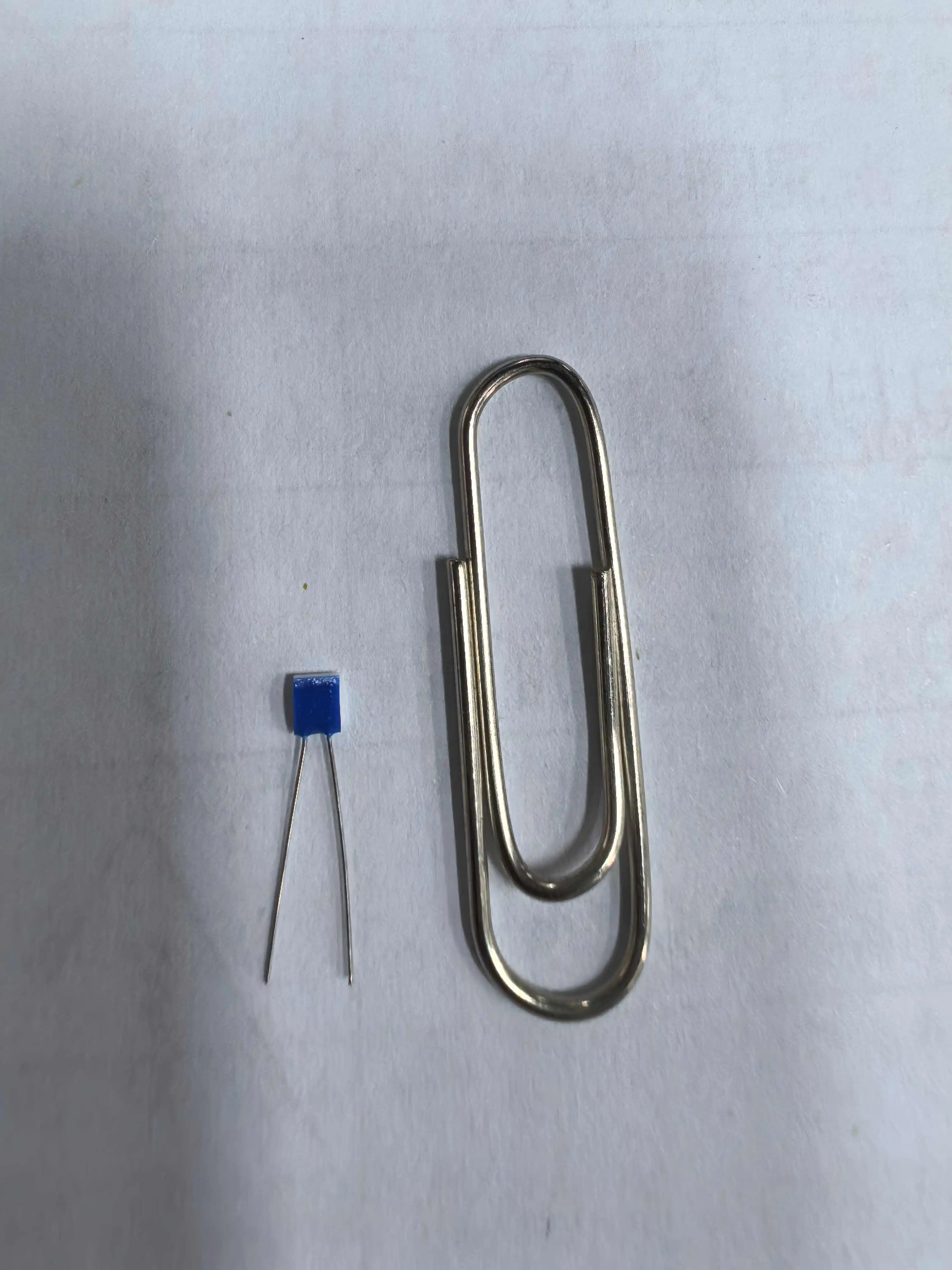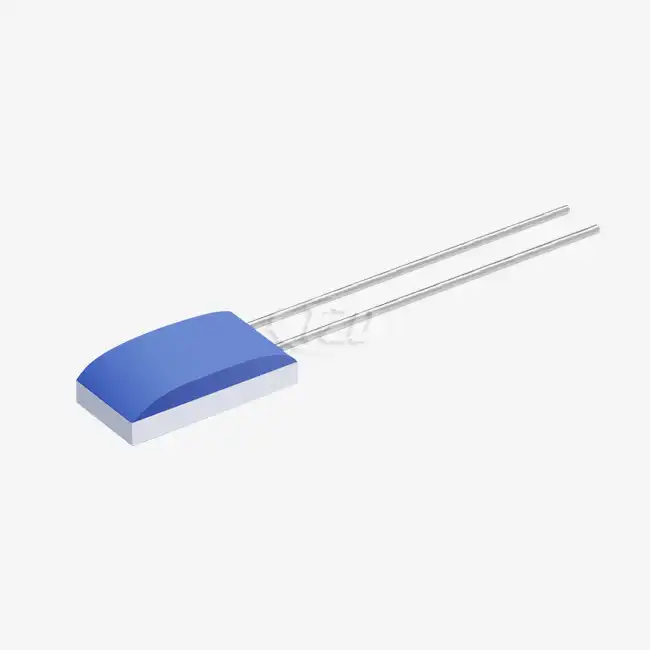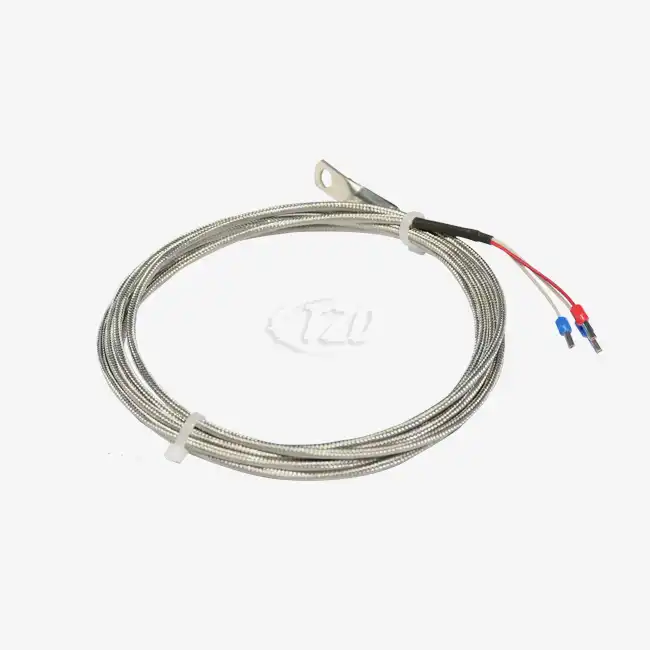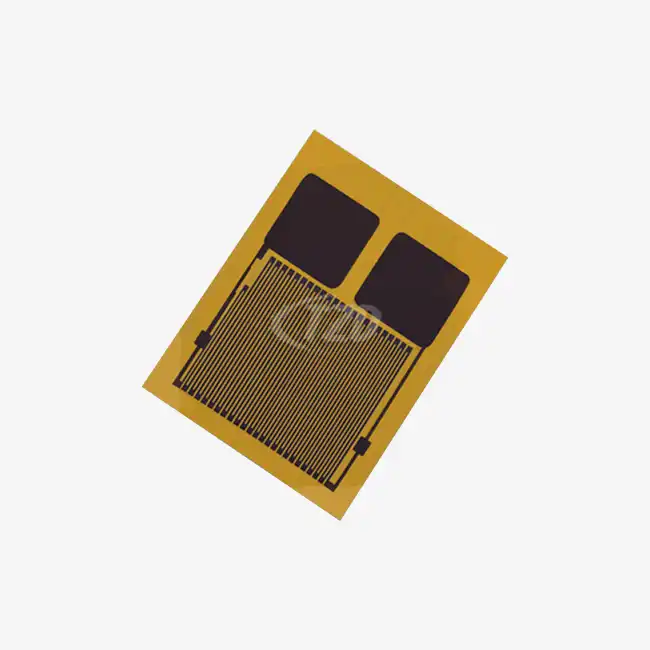Understanding Surface Mounted Thermistor Temperature Sensors
Surface mounted thermistor temperature sensors are compact, versatile devices widely used in various industries for precise temperature measurement. These sensors leverage the principle of temperature-dependent resistance to provide accurate readings across a wide range of applications. Unlike traditional through-hole thermistors, surface mounted variants offer improved thermal response and are particularly suitable for space-constrained environments.
The core component of a surface mounted thermistor temperature sensor is a ceramic chip coated with a temperature-sensitive resistive material. This design allows for rapid heat transfer and quick response to temperature changes. The sensor's resistance varies inversely with temperature, enabling precise measurements when integrated into appropriate circuitry.
Key Features and Specifications
Surface mounted thermistor temperature sensors boast several impressive characteristics that contribute to their widespread adoption:
- Temperature Range: Typically spanning from -55°C to +150°C, with some models capable of measuring temperatures up to 300°C
- Accuracy: Depending on the quality and class, accuracies can range from ±0.1°C to ±0.5°C
- Response Time: Fast thermal response, often less than 10 seconds for a 63.2% step change
- Size: Compact form factors, with dimensions as small as 0603 (1.6mm x 0.8mm) or even 0402 (1.0mm x 0.5mm)
- Resistance Values: Available in various nominal resistances, typically ranging from 100Ω to 100kΩ at 25°C
These sensors often comply with industry standards such as IEC 60751, ensuring consistency and interchangeability across different manufacturers. The temperature coefficient of resistance (TCR) is a critical parameter, usually expressed in ppm/K, indicating the sensor's sensitivity to temperature changes.
Applications and Advantages
The versatility of surface mounted thermistor temperature sensors makes them indispensable in numerous applications:
- Consumer Electronics: Thermal management in smartphones, laptops, and tablets
- Automotive: Engine temperature monitoring, climate control systems, and battery management
- Industrial Processes: Temperature control in manufacturing equipment and HVAC systems
- Medical Devices: Patient monitoring equipment and diagnostic tools
- Aerospace: Environmental control systems and equipment monitoring in aircraft
The advantages of these sensors include their small size, fast response times, and excellent stability over time. Their surface mount design facilitates automated assembly processes, reducing manufacturing costs and improving reliability. Additionally, their low thermal mass allows for accurate measurements of rapidly changing temperatures, making them ideal for dynamic environments.
Common Failure Modes and Their Causes
Understanding the potential failure modes of surface mounted thermistor temperature sensors is essential for implementing effective preventive measures and troubleshooting strategies. These sensors, despite their robustness, can succumb to various issues that compromise their accuracy and reliability.
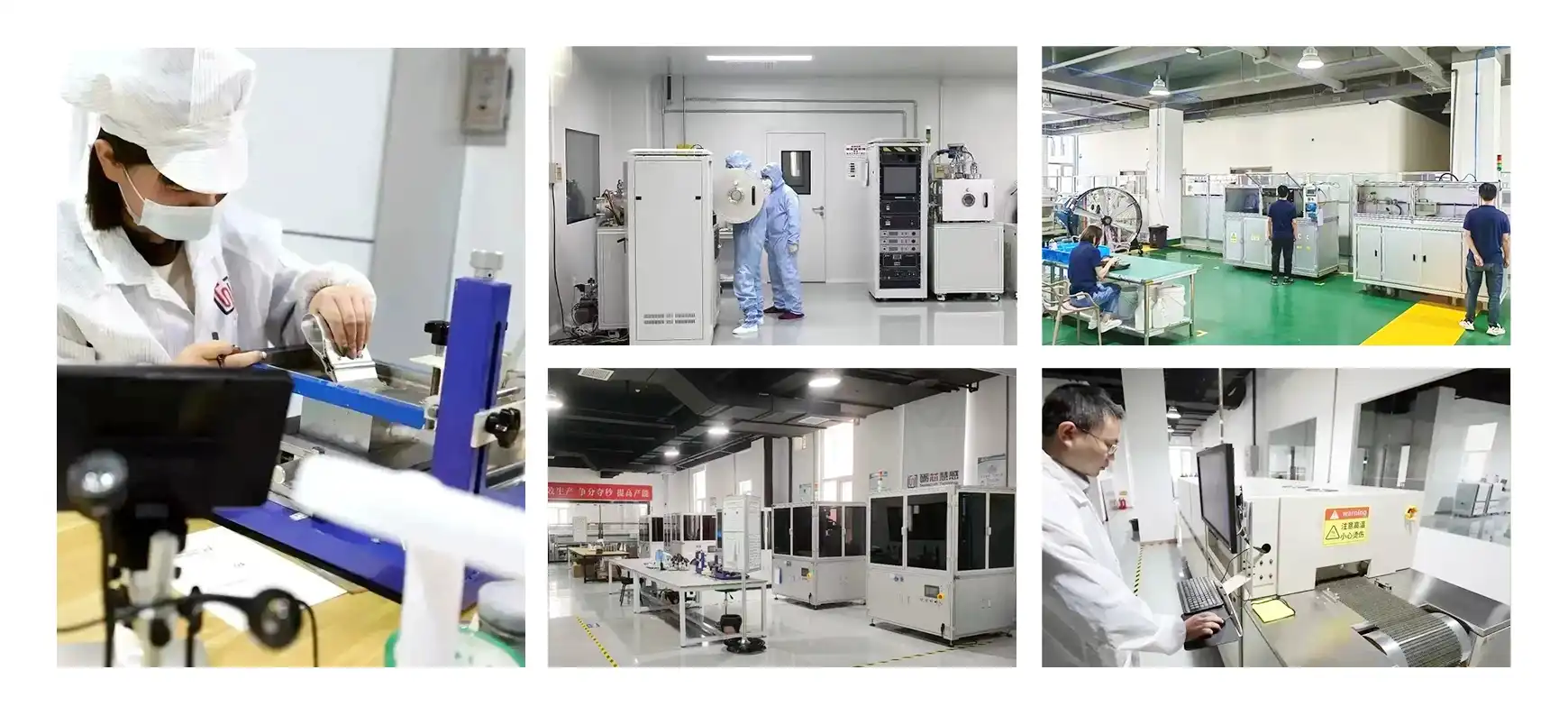
Physical Damage and Environmental Stressors
Surface mounted thermistor temperature sensors are susceptible to physical damage due to their compact size and exposed nature. Common causes of physical damage include:
- Mechanical Shock: Excessive vibration or impact can lead to cracks or complete detachment from the PCB
- Thermal Cycling: Repeated expansion and contraction due to temperature fluctuations can cause solder joint fatigue
- Chemical Exposure: Corrosive substances or moisture ingress can degrade the sensor material or its protective coating
- Electrostatic Discharge (ESD): Improper handling during installation or maintenance can result in ESD damage
Environmental factors play a significant role in sensor degradation. Prolonged exposure to temperatures beyond the specified operating range can alter the sensor's characteristics permanently. High humidity environments may lead to moisture absorption, affecting the sensor's resistance and potentially causing short circuits.
Electrical and Calibration Issues
Electrical problems and calibration drift are less visible but equally critical failure modes:
- Self-Heating: Excessive current flow through the sensor can cause localized heating, leading to measurement errors
- Calibration Drift: Over time, the sensor's resistance-temperature relationship may shift, resulting in inaccurate readings
- Noise Susceptibility: Inadequate shielding or improper PCB layout can make the sensor prone to electromagnetic interference
- Lead Wire Resistance: In two-wire configurations, the resistance of the connecting wires can introduce measurement errors, especially in long cable runs
Calibration issues often manifest as gradual deviations from expected values. This drift can be caused by material aging, contamination, or repeated exposure to extreme temperatures. Regular calibration checks are crucial to maintain measurement accuracy over the sensor's lifetime.
Manufacturing and Quality Control Defects
While less common in reputable brands, manufacturing defects can lead to premature sensor failure:
- Material Impurities: Contaminants introduced during the manufacturing process can affect the sensor's resistance characteristics
- Poor Encapsulation: Inadequate sealing can leave the sensor vulnerable to environmental factors
- Inconsistent Coating: Variations in the thickness or composition of the resistive material can lead to batch-to-batch inconsistencies
- Solder Joint Defects: Weak or improper solder connections can cause intermittent or complete failures
Quality control measures, such as burn-in testing and statistical process control, help minimize these issues. However, understanding these potential defects is crucial for end-users to recognize and address unusual sensor behavior promptly.
Preventive Measures and Maintenance Strategies
Implementing effective preventive measures and maintenance strategies is crucial for maximizing the lifespan and reliability of surface mounted thermistor temperature sensors. A proactive approach not only ensures accurate temperature measurements but also reduces downtime and replacement costs associated with sensor failures.
Regular Calibration and Performance Checks
Maintaining sensor accuracy through regular calibration is paramount:
- Scheduled Calibration: Establish a routine calibration schedule based on the sensor's specifications and application requirements
- Multi-Point Verification: Perform calibration checks at multiple temperature points within the sensor's operating range
- Comparison Testing: Periodically compare sensor readings with a calibrated reference thermometer
- Documentation: Maintain detailed records of calibration history and observed deviations to track long-term trends
Performance checks should include resistance measurements at known temperatures and response time evaluations. Any significant deviations from expected values warrant further investigation and possible sensor replacement.
Environmental Protection and Proper Installation
Protecting sensors from harsh environmental conditions is crucial for longevity:
- Conformal Coating: Apply a protective layer to shield the sensor and its connections from moisture and contaminants
- Thermal Management: Ensure proper heat dissipation and avoid placing sensors near heat-generating components
- Vibration Isolation: Use appropriate mounting techniques to minimize the impact of mechanical vibrations
- Proper Wiring: Implement three- or four-wire configurations for improved accuracy, especially in applications with long lead wires
During installation, adhere to manufacturer guidelines regarding soldering temperatures and techniques. Use ESD-safe handling procedures to prevent damage from electrostatic discharge. Proper strain relief for connecting wires helps prevent mechanical stress on the sensor and its solder joints.
Advanced Monitoring and Predictive Maintenance
Leveraging technology for proactive maintenance can significantly reduce unexpected sensor failures:
- Data Logging: Implement continuous monitoring systems to track sensor performance over time
- Statistical Analysis: Use trend analysis and statistical process control techniques to identify gradual shifts in sensor behavior
- Redundancy: In critical applications, consider using multiple sensors for cross-verification and fail-safe operation
- Intelligent Algorithms: Develop or implement software algorithms capable of detecting anomalies in sensor readings
Predictive maintenance strategies, such as condition-based monitoring, can help anticipate sensor failures before they occur. By analyzing historical data and current sensor performance, maintenance schedules can be optimized to replace sensors just before they reach the end of their reliable operating life.

Conclusion
Surface mounted thermistor temperature sensors are indispensable components in modern temperature measurement applications. By understanding their failure modes and implementing robust preventive measures, users can ensure reliable and accurate temperature monitoring across various industries. Regular calibration, proper environmental protection, and advanced monitoring techniques form the cornerstone of effective sensor maintenance strategies.
As technology continues to evolve, the integration of smart diagnostics and predictive maintenance algorithms will further enhance the reliability and longevity of these critical sensing devices. For more information on advanced surface mounted thermistor temperature sensors and customized solutions for your specific applications, please contact us at sales11@xatzd.com.
